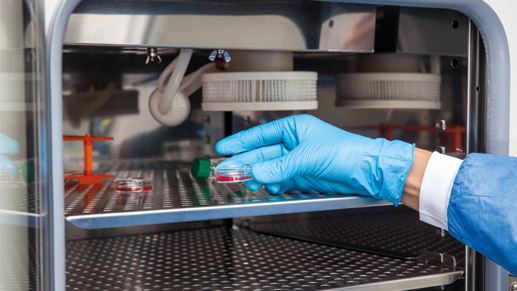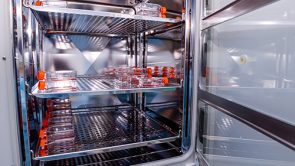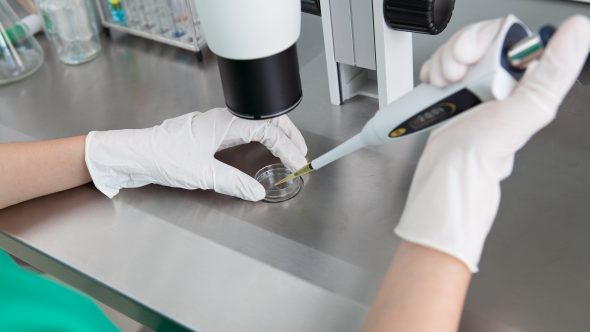Incubators & Ovens Calibration, Service & Repair
Call us for Immediate Support - 0845 6021918 eMail - support@uklabservices.co.uk

UK Laboratory Services maintain repair and carry out preventive maintenance service contract visits on all types of C02/Multi gas incubators.
We can also carry out full installation set up and full calibration on all types of Incubators. We service/repair calibrate/validate heating and drying ovens. We deal with all types of ovens including specialised vacuums ovens. We carryout extensive service contract visits if required. As an addition, IQ, OQ, PQ can be carried out at installation as required.
What is an Incubator?
Beckman Coulter, Forma and Revco incubators both CO2 and O2, N2 multigas. Louis Pasteur used the small opening underneath his staircase as an incubator. Incubators are also used in the poultry industry to act as a substitute for hens. This often results in higher hatch rates due to the ability to control both temperature and humidity.
Various brands of incubators are commercially available to breeders. The simplest incubators are insulated boxes with an adjustable heater, typically going up to 60 to 65 °C (140 to 150 °F), though some can go slightly higher (generally to no more than 100 °C). The most commonly used temperature both for bacteria such as the frequently used E. coli as well as for mammalian cells is approximately 37 °C, as these organisms grow well under such conditions. For other organisms used in biological experiments, such as the budding yeast Saccharomyces cerevisiae, a growth temperature of 30 °C is optimal. More elaborate incubators can also include the ability to lower the temperature (via refrigeration), or the ability to control humidity or CO2 levels. This is important in the cultivation of mammalian cells, where the relative humidity is typically >80% to prevent evaporation and a slightly acidic pH is achieved by maintaining a CO2 level of 5%. These are commonly known as gassed or CO2 incubators.



Experiments that imitate processes in living organisms are called in vitro. In these, cell and tissue cultures are grown in the laboratory, often over several weeks, in an environment that is as natural as possible. Cultivation takes place in a CO2 incubator, in which not only the temperature, but also the humidity and carbon dioxide content, must be controllable. In addition to this, the oxygen and nitrogen content can also be adjusted in some appliances. The CO2 incubator usually has a chamber volume of between 50 and 300 litres and a temperature range from +4 ℃ and +8 °C above room temperature to +60 °C (details on the basic operation and features of a temperature control chamber). The interiors of CO2 incubators are normally made of corrosion-free stainless steel 1.4301 (acc. to standard ASTM 304) and they are additionally smoothed with electrolytic polishing by some manufacturers to prevent germs from settling and to make cleaning easier. In order to observe the chamber load without affecting the atmosphere inside the chamber, CO2 incubators are usually equipped with an inner glass door or additional gas baffle. Normal temperatures in a CO2 incubator lie at around the same temperature as the human body (37 °C). The essential matter is maintaining humidity in a controlled manner, while at the same time avoiding condensation in the interior. This is done in practice either through humidification via water trays in the interior of the CO2 incubator, via direct contact of water with the floor or through an activity controllable system for humidification and dehumidification in which the water supply lies outside the working chamber. The water from the external water tank is heated up in a vaporator and fed into the chamber as steam, which means that only sterile water (pyrolytic germ barrier) humidifies the chamber and the samples and the humidity can be applied in specific doses. The active control of humidity guarantees that the required humidity is reached quickly after the door is opened and closed. Precisely maintaining the atmosphere is absolutely essential in a CO2 incubator to protect samples. This is why there is a whole range of different heating systems in practice that is supported in part by motorised fans, and in part by air circulation systems free of turbulence.
Many CO2 incubators are supported by a heated air jacket, and in some cases by a water jacket, ensuring even temperature distribution and temperature stability, rapid recovery times after the door has been opened, and maintenance of the temperature after a power failure. At the same time, the air jacket prevents condensation from forming. Some manufacturers, who do without a jacket of air or water, instead of heat the chamber directly from all six sides, surrounding it in addition to an insulation coat. In this form of direct heating, a high degree of flexibility and a high density in the arrangement of heating elements form the basis of temperature homogeneity. Prior to each new load, a CO2 incubator must be cleaned to avoid cross-contamination of the chamber load. In addition to cleaning with disinfection agents, appliance manufacturers have developed various technologies, some of which can be combined.
All major manufacturers covered including:
MSE | Binder | Techne | LTE |
Sanyo Gallenkamp | Thermo | Grant | Medline |
Heracell | Fisher Scientific | Infors | Memmert |
Bibby Sterilin | New Brunswick | LMS | Eppendorf |

Very happy with work and engineers.
